Deconstructing Nuclear Weapons Stereotypes: The Intersection of Journalism and Ethics
While the topic is highly complex, nuclear weapons have been consistently depicted in similar ways worldwide: as symbols of power wielded by powerful figures, often portrayed with fully assembled bombs pointed upwards. Certain nations are depicted as responsible actors while others are not, reinforcing stereotypes. Our analysis aims to explore these common visual tropes, highlighting their impact and proposing more inclusive representations. We were tasked with examining these stereotypes and their implications, aiming to enhance ethical communication and journalism for truthful and representative reporting.
The commission came from Lex International, which advocates for nuclear disarmament among other causes, and was substantially supported by ICAN, the International Campaign to Stigmatise, Prohibit & Eliminate Nuclear Weapons, which won the Nobel Peace Prize in 2017.
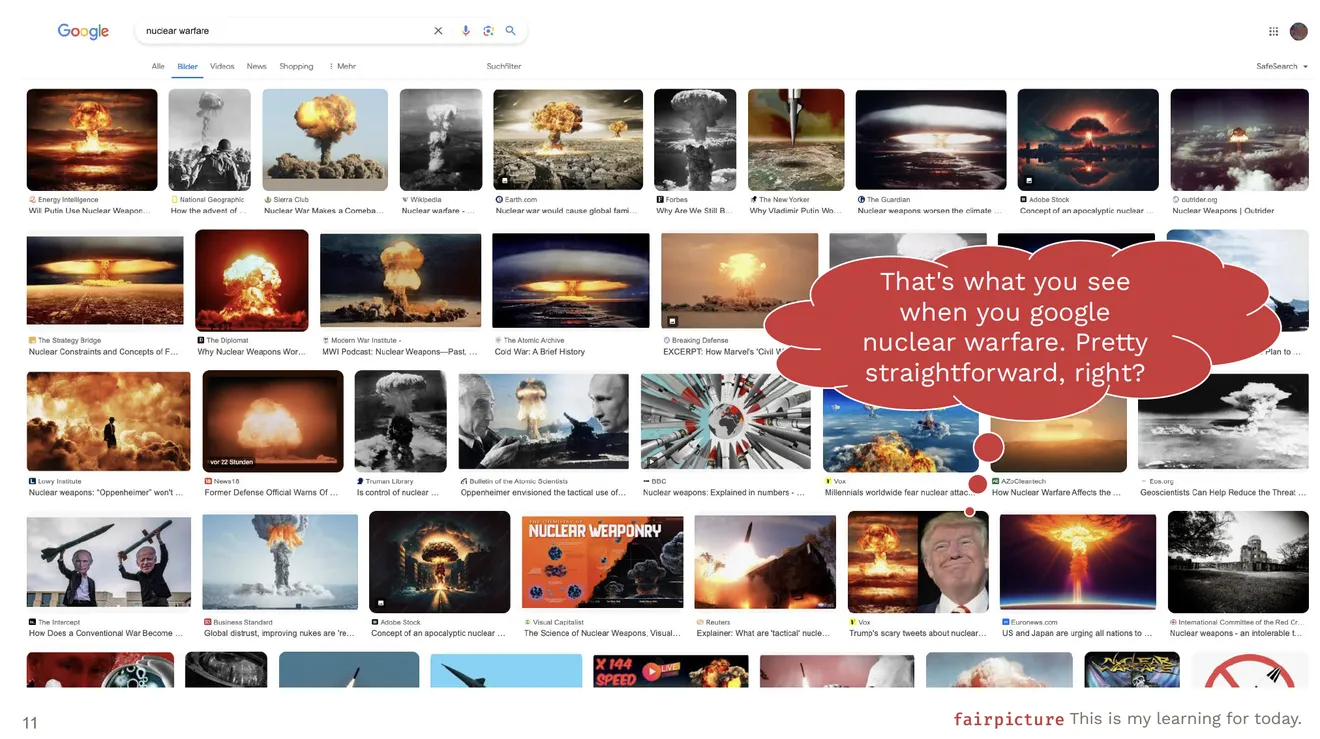
When we Google "nuclear warfare," we see a very uniform picture full of clichés. It shows many facets of what the dominant narrative entails.
Excerpt from the pitch deck for journalists developed by Fairpicture. The link to the full document can be found below.
The Fairpicture approach
Our approach involves analyzing prevailing stereotypes and their societal effects, aiming to promote truthful and inclusive representation through ethical journalism practices. We believe this method can be useful in many applications. The power of images is immense, and challenging the pictures in people's minds can foster necessary change and enable more diverse discourses.
We examine widely circulated images across media, archives, and communications from various organizations. We question: who is portrayed in what roles and how frequently? What remains unseen, whose voices are not heard? This is often intertwined with power dynamics—prevailing images often serve specific interests. In the following article, you will discover how this manifests in the context of nuclear weapons.
The case of nuclear weapons
Challenging Dominant Narratives Through Visual Representation
In the realm of nuclear weapons discourse, what we see often shapes our understanding and beliefs. Images of atomic bombs, mushroom clouds, and military installations dominate our media and collective consciousness. These visuals perpetuate specific narratives:
- Depiction of nuclear threats: Atomic bombs are portrayed as necessary instruments of power wielded by influential figures.
- Global Responsibility: Certain nations are depicted as responsible actors in nuclear affairs, while others are stigmatised, suggesting that the problem with nuclear weapons only exists when the ‘wrong’ actors have access to them
- Symbolic Impact: Mushroom clouds symbolize catastrophic destruction, reinforcing a fatalistic belief in the ultimate power of nuclear weapons lying in the future.
These images are predominantly militarized, reflecting their origins and control within military contexts.
What we don’t see
However, what remains unseen is equally significant:
- Hidden Dangers: The production, storage, and use of nuclear weapons pose severe risks to people and the environment.
- Economic Interests: Who profits from the nuclear industry? Who are the stakeholders involved?
- Counter Voices: Voices advocating against nuclear weapons are often dismissed as unrealistic or naive, perpetuating a singular narrative of acceptance.
- Human Impact: Atomic bombs already have profound humanitarian consequences, yet these are often obscured in mainstream depictions.
- Testing and Locations: The locations of nuclear tests and their enduring impact on communities are seldom highlighted.
- Personal Stories: The stories of those affected by nuclear activities are rarely told, undermining their lived experiences.
- Alternative Futures: Visualizing a world without nuclear weapons remains a rarity, hindering discussions on global security alternatives.
The absence of ordinary people in imagery related to nuclear topics is striking. Individuals impacted by nuclear policies, activists advocating for disarmament, and workers within the nuclear industry are conspicuously absent from the narrative.
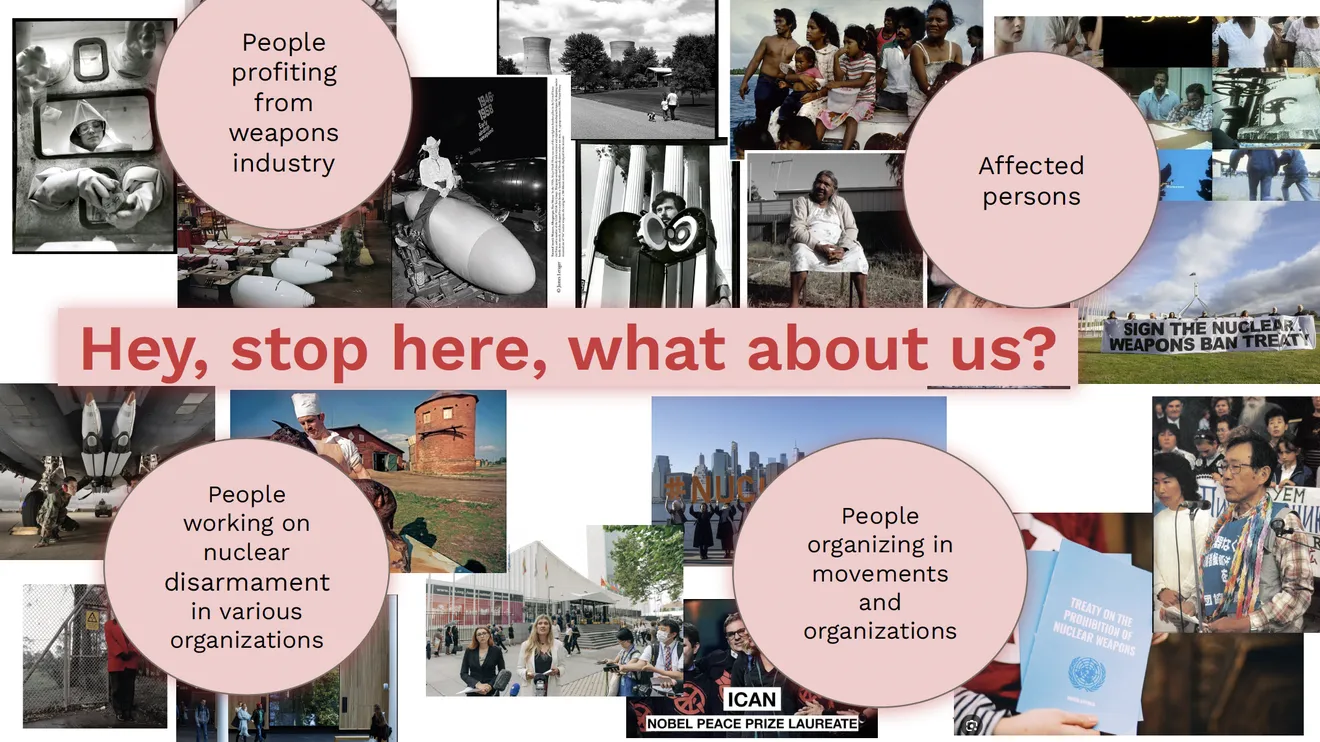
There are hardly any people depicted in imagery related to nuclear warfare, atomic bombs, nuclear energy, or nuclear waste disposal. Yet, people are not only involved in all these fields at every step of the process but also directly and indirectly impacted by these activities.
Excerpt from the pitch deck for journalists developed by Fairpicture. The link to the full document can be found below.
Whom Does This Narrative Serve?
The persistent lack of human presence in nuclear imagery raises critical questions about its intended audience and purpose. Why do representations of the arms industry and nuclear issues exclude ordinary people? This deliberate framing through images fosters:
- Public Disempowerment: Individuals feel detached from nuclear discussions, perceiving them as distant and inaccessible.
- Fatalism: A sense of inevitability surrounds nuclear weapons, hindering constructive dialogue on disarmament.
- Power Imbalances: The arms race continues unabated, benefiting powerful stakeholders within the military-industrial complex.
This dominant narrative influences public perception profoundly. By omitting personal stories and fostering detached representations, it perpetuates racial, gender, and postcolonial biases.
Fairpicture has a unique ability to make us see what powerful actors wish to keep from view. Their work on nuclear weapons provides an essential corrective to the media’s coverage of the issue.
Magnus Løvold, Lex International
The Role of Independent Journalism
Independent journalists play a crucial role in challenging and diversifying the visual representation of nuclear issues. By presenting a spectrum of voices and perspectives—from policymakers and scientists to affected communities and activists—they uphold journalistic integrity and facilitate informed public discourse.
Empowering Picture Editors
Picture editors wield significant influence over public perception. By consciously selecting and framing images that:
- Humanize Issues: Show ordinary people affected by nuclear policies and practices.
- Challenge Power Dynamics: Highlight diverse perspectives beyond state actors and military leaders.
- Visualize Alternatives: Depict hopeful pathways towards nuclear disarmament and global security. They can reshape public understanding and foster empathy and engagement.
Advocating for Change
Using alternative imagery has transformative potential. By diversifying narratives and humanizing nuclear issues, we can inspire action and promote a more nuanced understanding among audiences. Similar shifts in public perception have catalyzed action on pressing global issues like climate change, emphasizing the human dimensions and injustices at stake.
In Conclusion
Challenging dominant stereotypes through visual representation is a matter of journalistic integrity and ethical responsibility. By amplifying unheard voices and shedding light on overlooked aspects of the nuclear discourse, we contribute to a more inclusive and constructive dialogue. It's time to broaden the lens, amplify diverse perspectives, and visualize a future where nuclear weapons are no longer central to global security.
This example illustrates the power of questioning prevailing stereotypes across various fields. If you're interested in delving deeper, here are links to the papers we've prepared.
You can find the detailed, practice-oriented full report here.
More from our blog
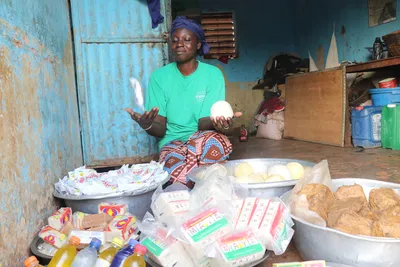
August 2021 - Jörg Arnold
With fair photography against racism
Learn more about With fair photography against racism
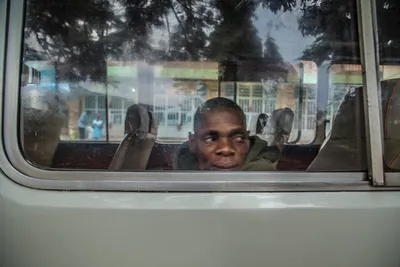
January 2022 - Fabrice Mbonankira
The life of a story
What makes a good visual story? In his blog, Fairpicture photographer Fabrice Mbonankira places great emphasis on the socio-political dimension of storytelling.
Learn more about The life of a story
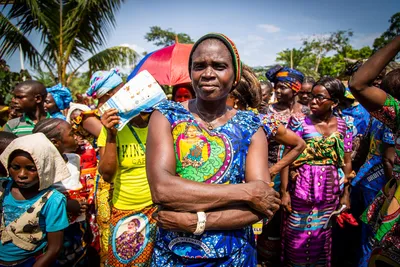
June 2023 - Jörg Arnold
Decolonisation of visual communication: More than a question of dignity
Jörg Arnold gives an introduction into the topic of decolonisation in visual communications including practical tips for action.
Learn more about Decolonisation of visual communication: More than a question of dignity
 by
Noah Arnold, July 2024
by
Noah Arnold, July 2024